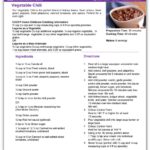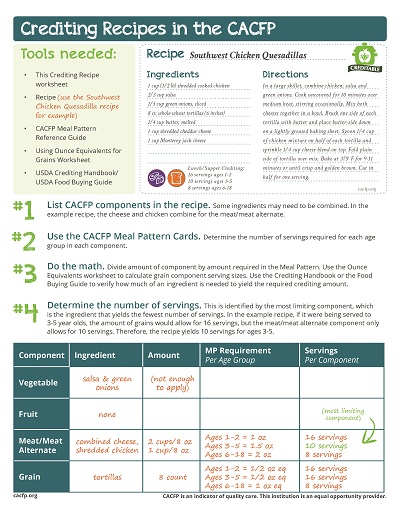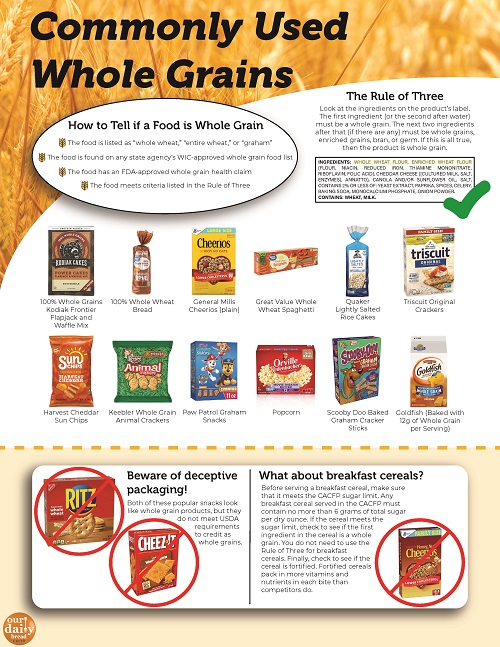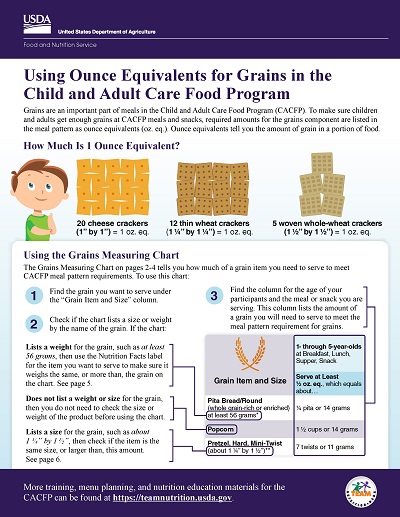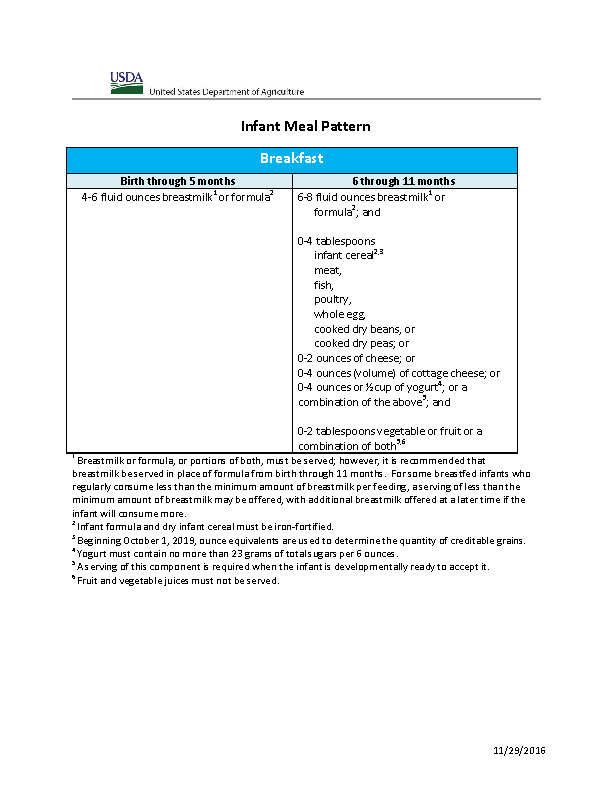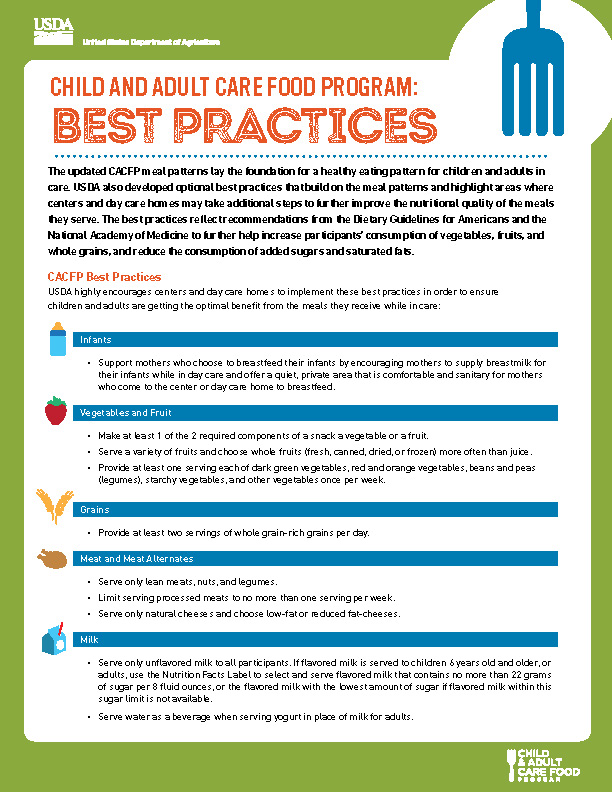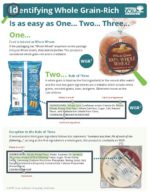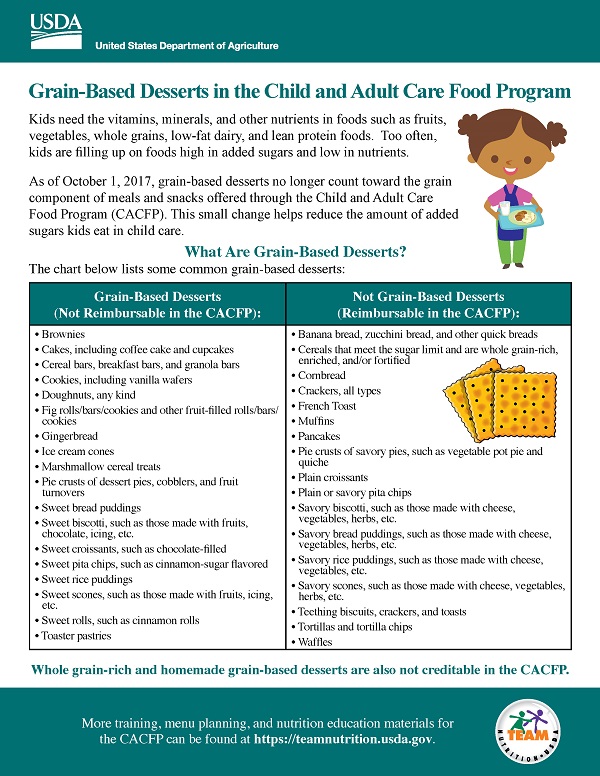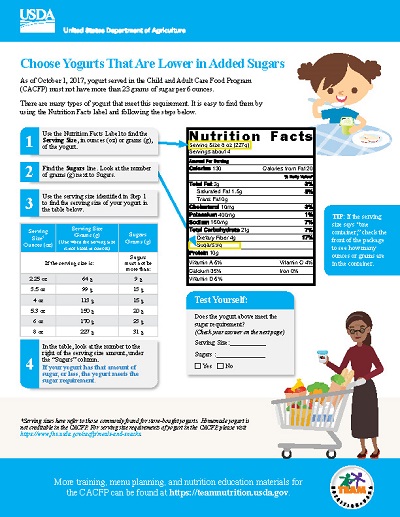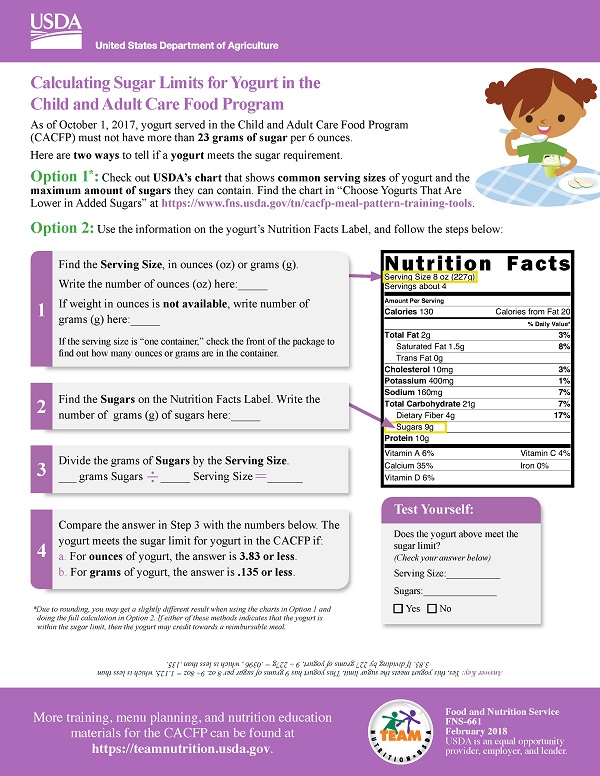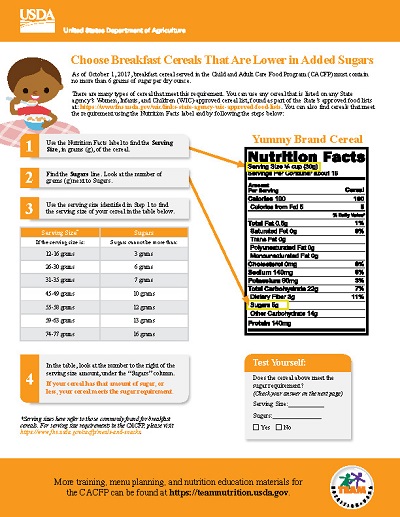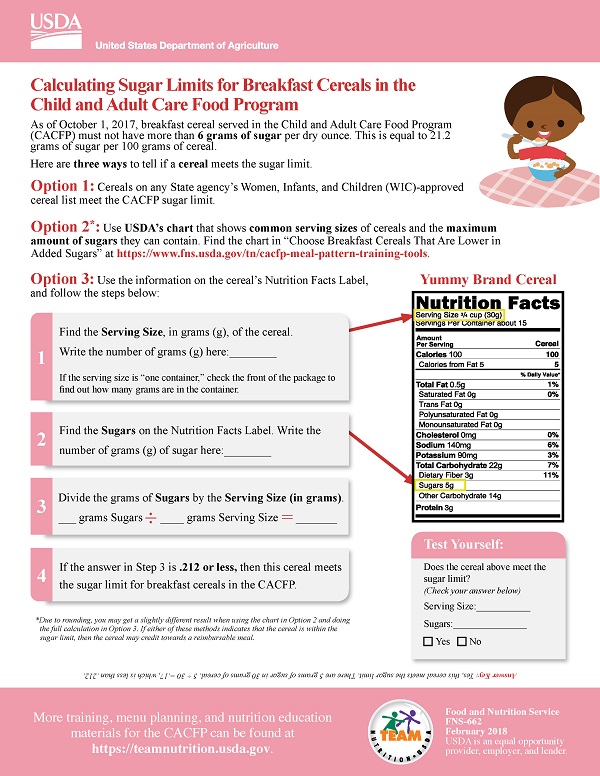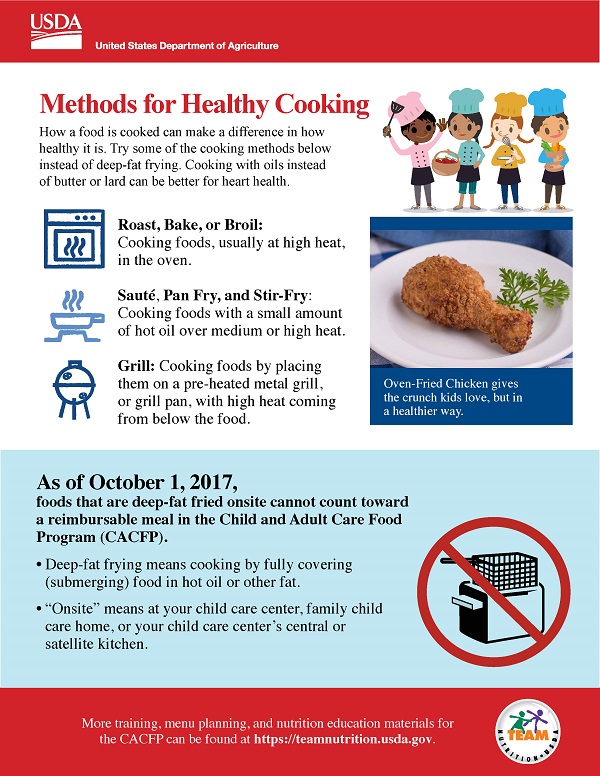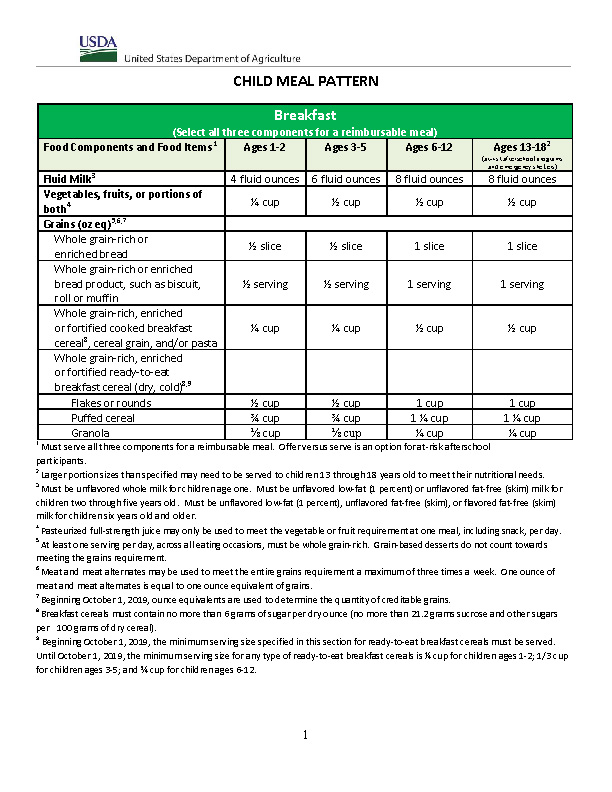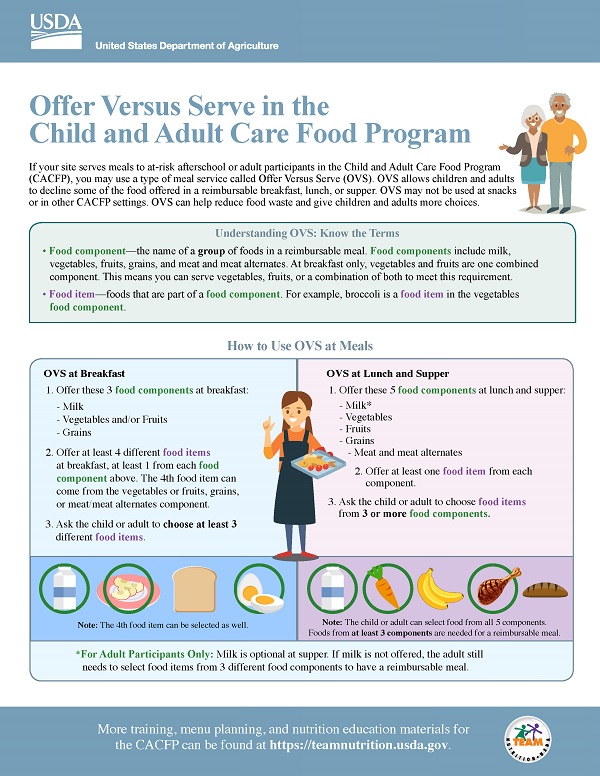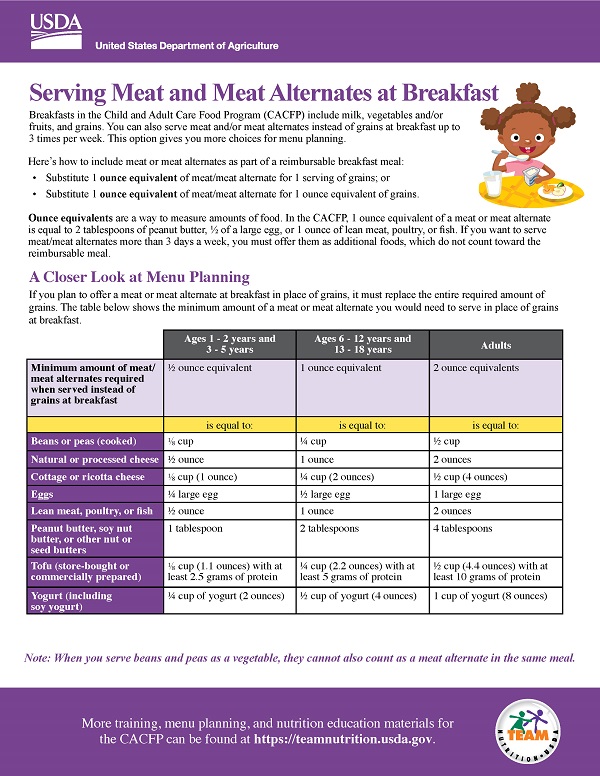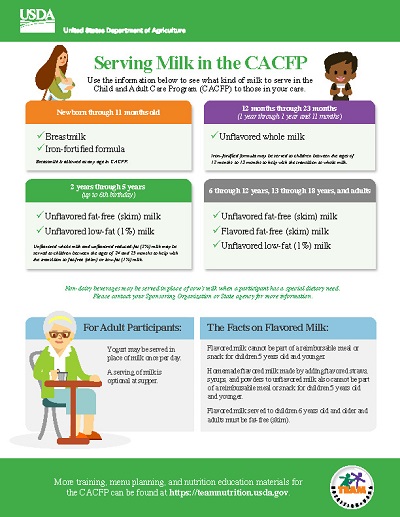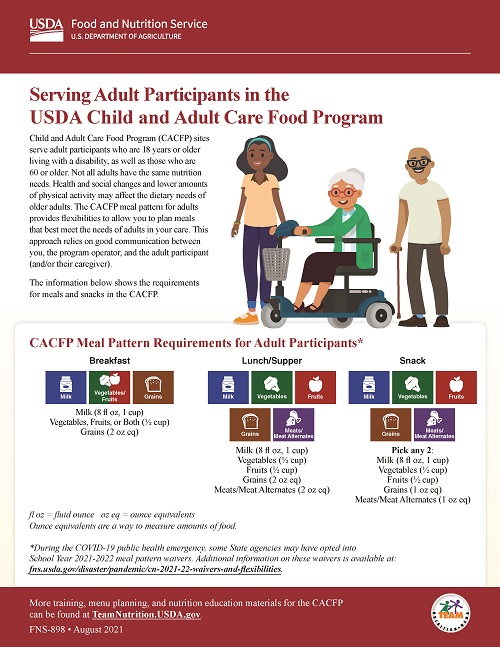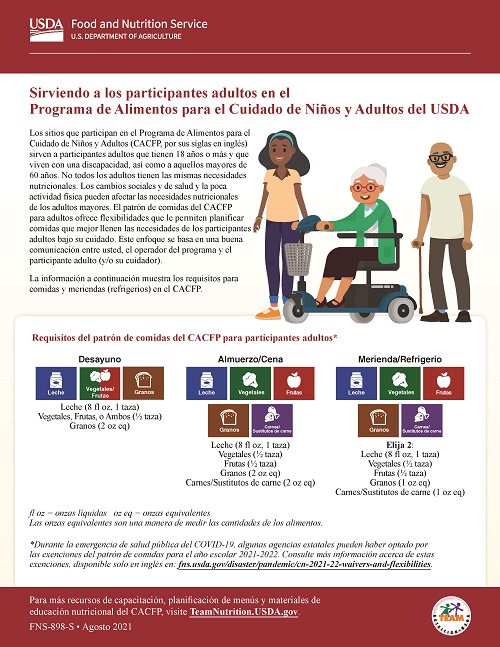All homemade items must have a creditable CACFP recipe on file. By following these steps, you can credit CACFP recipes by analyzing their nutrient content and ensuring they meet the program’s requirements.
Crediting Recipes in the CACFP
Step 1.) Name of recipe matching menu
Provide a specific name for the recipe that corresponds to the menu item it represents. This ensures clarity and consistency when referencing the recipe in the CACFP records.
Step 2.) List all ingredients with weight or volume (ounces, cups, etc)
Include a comprehensive list of all ingredients used in the recipe. Specify the weight or volume measurements for each ingredient, such as ounces, cups, or teaspoons. Accurate measurements are crucial for precise nutrient analysis.
Step 3.) List the form of each ingredient (shredded, raw, chopped, etc)
Indicate the form or preparation method of each ingredient, such as shredded, raw, chopped, cooked, or canned. This detail is important as it can affect the nutritional composition and cooking instructions.
Step 4.) List the serving size of each age group served
Determine the appropriate serving sizes for each age group the recipe is intended to serve. Consider the CACFP meal pattern requirements and age-specific portion guidelines when determining serving sizes for infants, children, or adults.
Step 5.) Yield (total # of servings the recipe makes)
Calculate the total yield or the number of servings the recipe produces. This information helps in determining the nutrient content per serving and ensures accurate portioning and planning for the CACFP program.
Step 6.) List the meal component contribution.
Identify and list the meal components provided by the recipe. CACFP meal components include fruits, vegetables, grains, meat/meat alternatives, and milk. Indicate which components are present in the recipe and specify the contribution of each component per serving.


